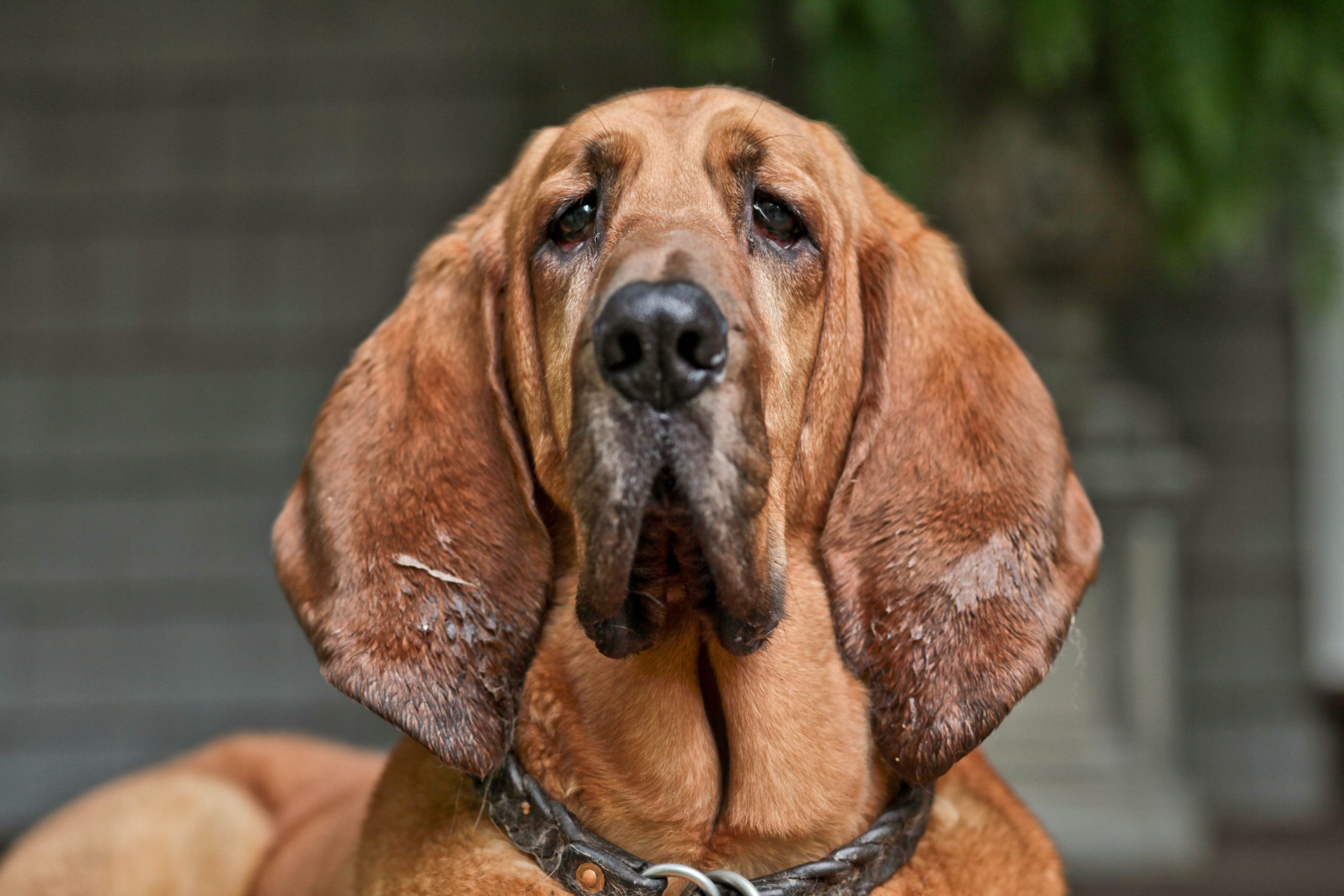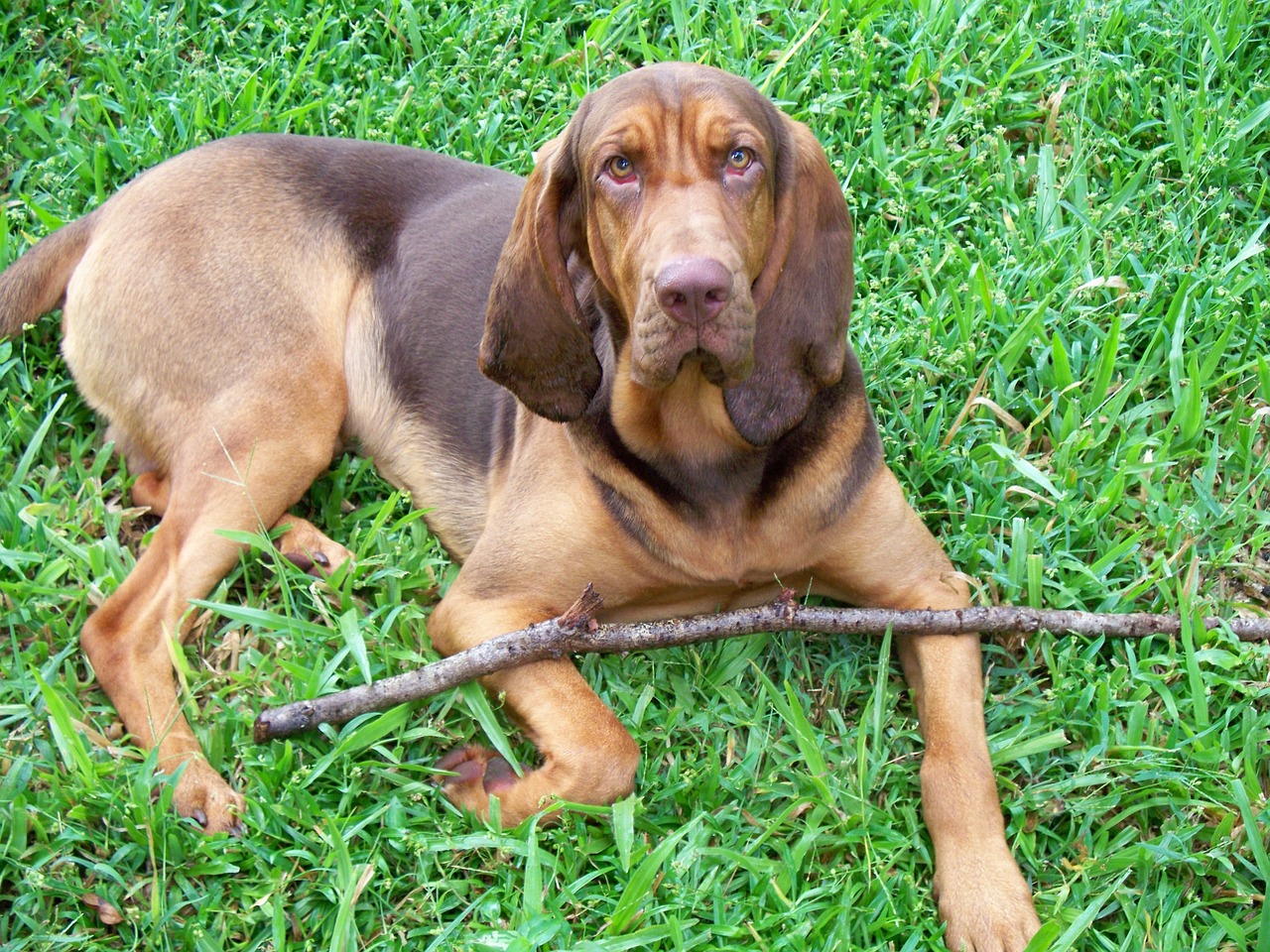Bloodhounds are a breed celebrated not only for their remarkable scent-tracking abilities but also for their distinctive, somber appearance and gentle nature. Originating from medieval Europe, they have been used for centuries to track games and missing persons due to their unparalleled sense of smell. Aside from their professional capabilities, Bloodhounds exhibit several unusual habits that can be both endearing and perplexing to their owners. These behaviors often stem from their breeding and work history, reflecting deep-seated instincts and natural traits. Understanding these habits can provide valuable insights into their care and management, enhancing the bond between Bloodhounds and their owners. This article explores seven peculiar habits of Bloodhounds, shedding light on the unique aspects of their behavior and personality.

1. Incessant Howling
Bloodhounds are known for their deep, resonant howl, which can be heard from miles away. This habit is not just a means of communication; it is deeply rooted in their hunting past, where howling served to alert hunters to their location while tracking. Bloodhounds may howl in response to certain sounds or when they find themselves alone, reflecting their social nature and their reliance on vocalization to express themselves. While charming, this habit may pose challenges in noise-sensitive environments, requiring careful training and management to keep it under control.
2. “Scent Drunk” Behavior
When a Bloodhound catches a scent, they may exhibit what’s known as “scent drunk” behavior, where they become so absorbed in following a trail that they become oblivious to their surroundings. This single-minded pursuit can make them appear aloof or stubborn, but it is a manifestation of their intense focus and drive. This trait requires understanding and patience from owners, especially during walks or outdoor activities where a Bloodhound might suddenly pull towards a scent.
3. Destructive Chewing
Bloodhounds have a strong jaw and a natural inclination to chew, which can sometimes lead to destructive behavior if not properly managed. This habit likely stems from their need to engage their mouths and noses, which are essential to their tracking work. Providing sturdy chew toys and engaging them in regular activity can help mitigate unwanted chewing, turning a potentially frustrating habit into a positive outlet for their energy.
4. Excessive Drooling
Bloodhounds are also known for their excessive drooling, which can be unusual for those not familiar with the breed. This drooling increases especially after drinking water, smelling food, or during physical exertion. While this may be messy, it’s a natural aspect of their physical makeup, with their loose, fleshy lips helping to enhance their ability to pick up scents. Owners need to be prepared with plenty of wipes and a good sense of humor to handle this slobbery trait.
5. Digging and Fluffing
Bloodhounds often engage in digging and fluffing behaviors, particularly in their bedding or in the yard. This habit can be traced back to their need to create comfortable resting areas after long periods of activity or to regulate their temperature in different climates. Providing a designated digging area or using durable bedding can help manage this behavior effectively.
6. Sensitive and Clingy
Despite their size and formidable tracking skills, Bloodhounds are surprisingly sensitive and can become quite clingy with their family members. They form strong emotional bonds and can display anxiety if separated from their owners for too long. This sensitivity requires a stable environment and consistent companionship to keep them happy and secure.
7. Tracking Shadows and Lights
Some Bloodhounds display a peculiar interest in chasing shadows or lights, similar to behaviors seen in cats. This may be linked to their acute visual sensitivity developed to support their scenting skills, making them responsive to moving stimuli. While this can provide amusing entertainment, it’s important to ensure that this behavior doesn’t become obsessive or interfere with their normal functioning.

Bloodhounds are a breed with a rich history and complex behaviors that reflect their development as scent-tracking dogs. Their unusual habits, from howling to being “scent drunk,” highlight their unique characteristics and the specialized nature of their breeding. For owners and enthusiasts, understanding and appreciating these traits can enhance the relationship with these noble dogs, ensuring they lead fulfilled and balanced lives as both working dogs and companions.
 Toledo, United States.
Toledo, United States.